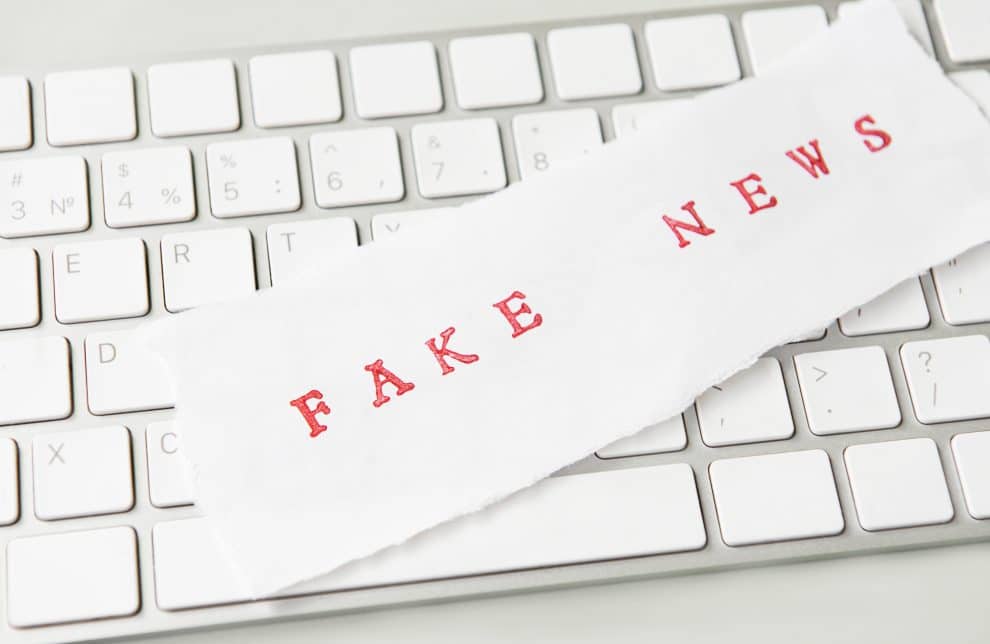A widely circulated message on how to save someone from stroke with the help of a needle has garnered thousands of views and shares on social media. We find that this information is misleading and is absolutely false.
“How to save someone from stroke. This is why you should always have a needle in your pocket,” reads a widely circulated message on social media that has till date garnered thousands of views and shares. The ‘needle prick treatment’ essentially entails pricking the fingertips and earlobes of a person suffering from a stroke with a needle to let out blood.
Several videos on YouTube and Facebook claim that “you can save the life of a stroke victim” by this simple method. Interestingly, the miracle treatment is attributed to the ancient wisdom of Chinese medicine. We were intrigued and decided to do a fact check. Here’s what we found:
PubMed, an archive of biomedical and life sciences journal literature, lists a relevant study in the Journal of Traditional Chinese Medicine 25 (2): 85-89, 2005, conducted at Tianjin College of Traditional Chinese Medicine. Based on first aid therapy mentioned in a book titled ‘The Great Compendium of Acupuncture and Moxibustion’ (compiled in 1522‒1620), the study suggests that “blood-letting puncture at twelve well-points of hand can improve the consciousness and raise the systolic pressure in patients of the mild injury team”.
It is important to note that the sample size of the said study was very small – 30 patients – and they had proper medical diagnosis and were under constant medical supervision. More importantly, the study does not recommend or even mention that the bloodletting technique should ever be used as first aid for stroke victims at home.
As an ancient therapy, bloodletting technique has been a part of acupuncture. However, it is not endorsed by modern medicine. The Indian Stroke Association recommends preventive measures and early interventions to “reduce the morbidity and mortality along with the overall cost for management of stroke.” Stroke, an interruption of the blood supply to the brain, this medical condition can be recognised “by thinking of four letters to spot strokes, F-A-S-T, Face drooping, arm weakness, speech difficulty, and time to call an emergency”.
The Indian Council of Medical Research (ICMR) has funded Indian Stroke Clinical Trial (Instruct) Network to conduct clinical trials and research studies to advance acute stroke treatment, prevention and recovery and rehabilitation following a stroke. Given that deaths from stroke are “four times higher in India as compared to western countries” – as per a 2018 study published in Nature – it’s of paramount importance that we stop the spread of misleading and potentially fatal fake news on the condition.
Take a part in curbing medical misinformation!
If you receive any video, photo or any kind of information that is doubtful or if you are not convinced of a post or message on the internet related to health and medicine, forward it to our mailbox at editor.haindia@gmail.com
Join us on Facebook or Twitter.


















Add Comment